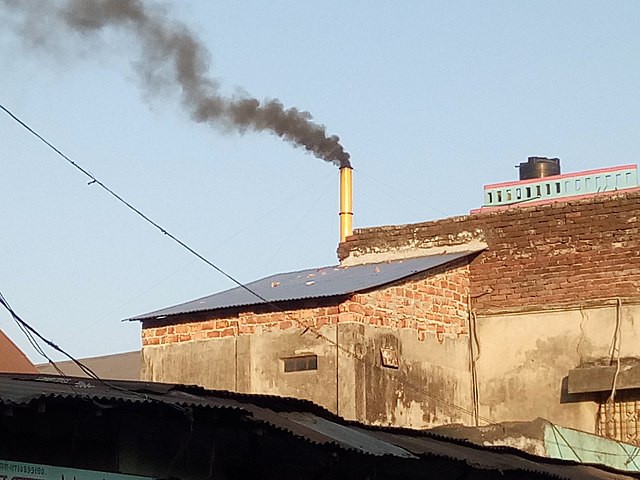Scientists from Washington State University were able to extract up to 93% of lignin from wheat straw with up to 98% purity, according to their report in the Proceedings of the National Academy of Sciences. This yielded a significant quantity of material in a reliable manner that might make it more appealing for industrial use.
Lignin is the second most common renewable carbon source on Earth, contributing around 30% of the carbon to the planet that is not found in fossil fuels. It is present in all vascular plants, where it builds cell walls and confers stiffness on the organisms. Between 20 and 35% of the weight of wood is made up of lignin, which also gives vegetables their firmness and helps trees stand. Despite being famously difficult to extract from plants, the chemical has potential as a building block for biobased products including fuels and materials.
As a result, the majority of lignin is either burned to produce fuel and energy or utilized to bond animal feed or as an ingredient in cement. The creation of more homogeneous lignin opens the door to the creation of high-value materials that can take the place of plastics and polymers derived from petroleum.

